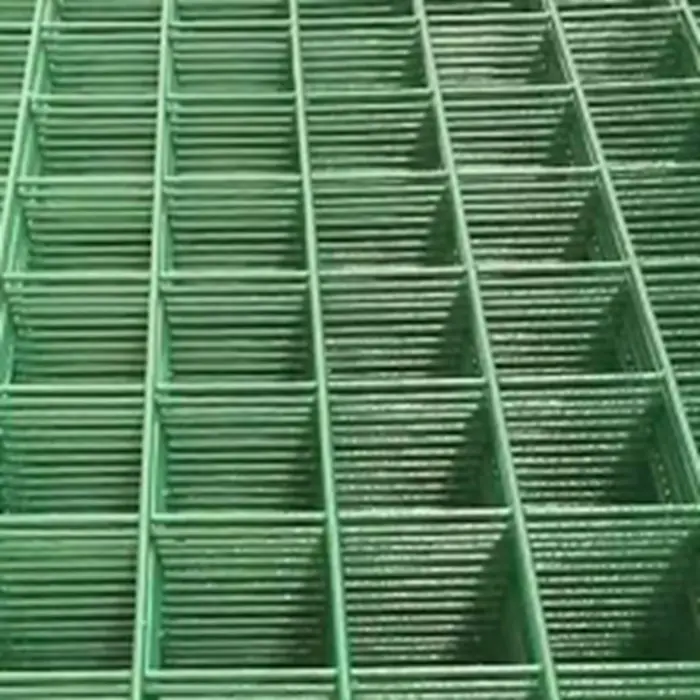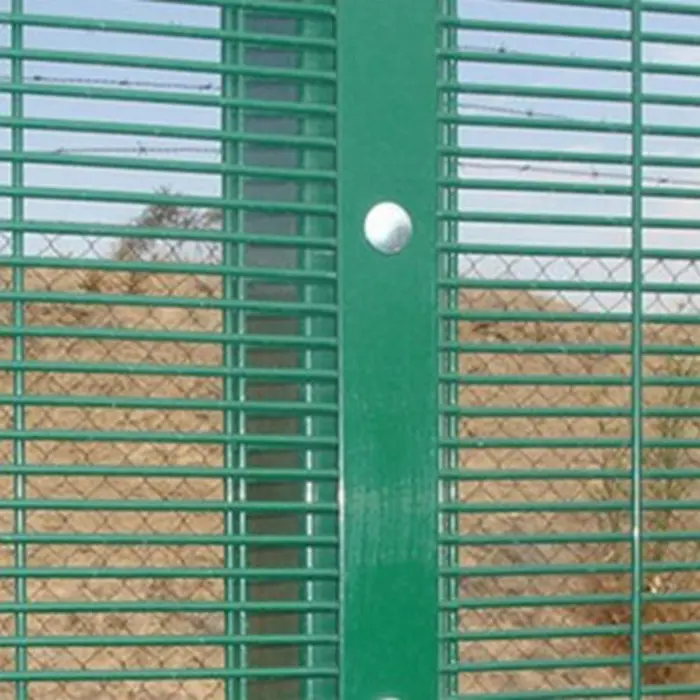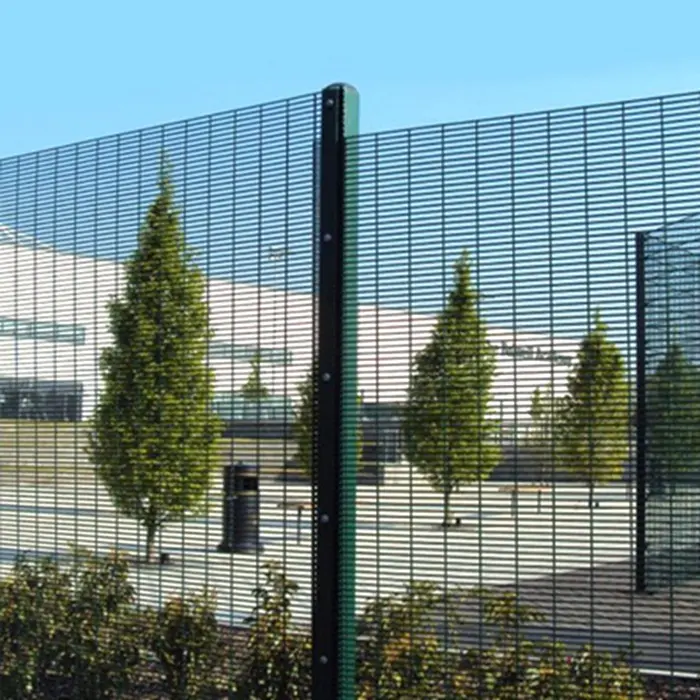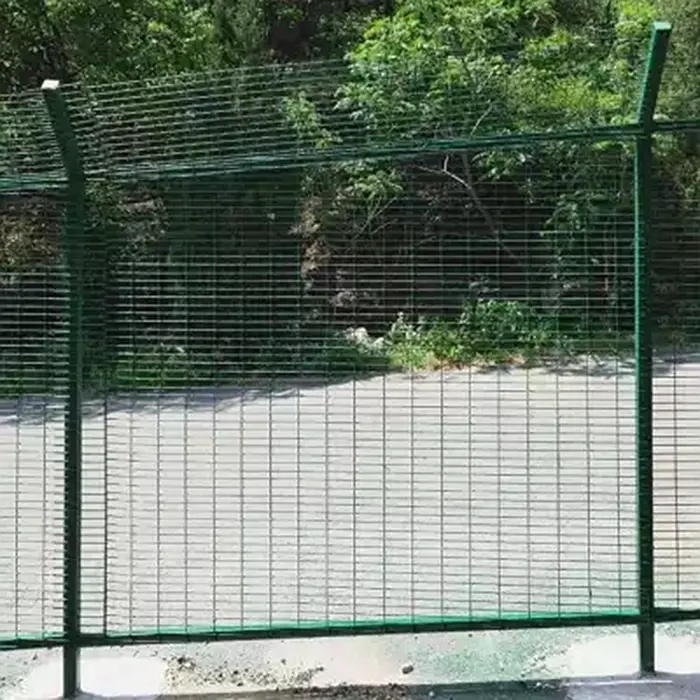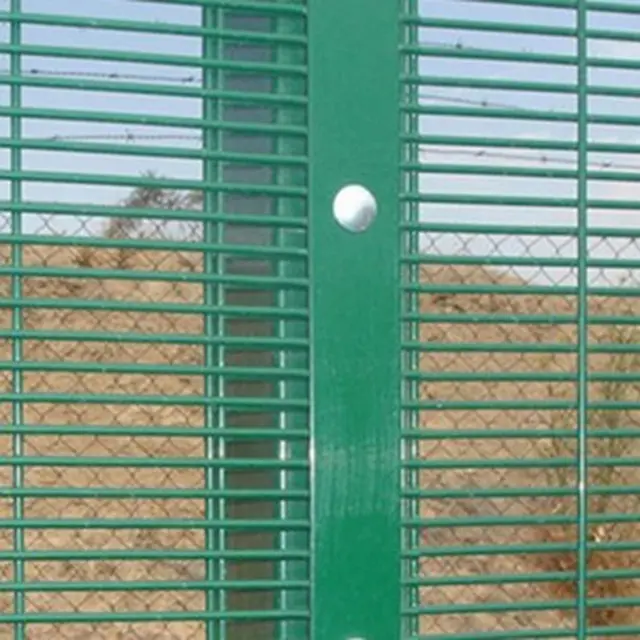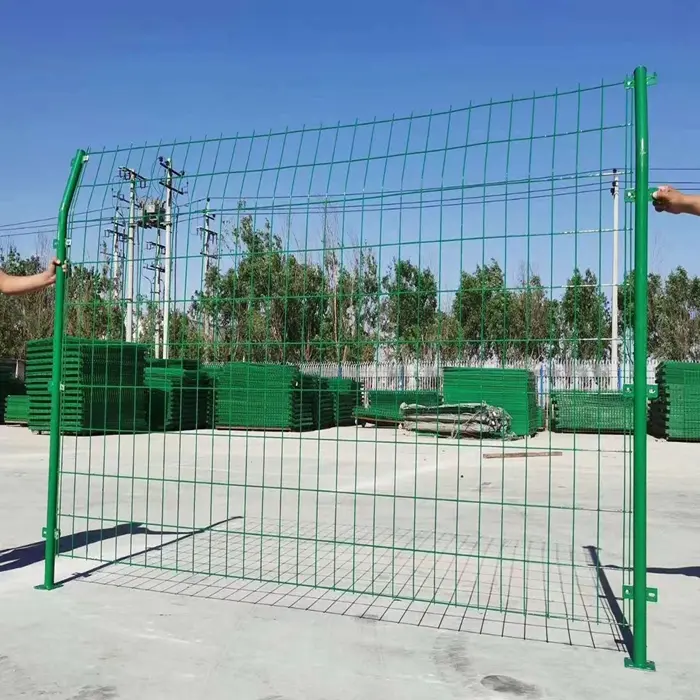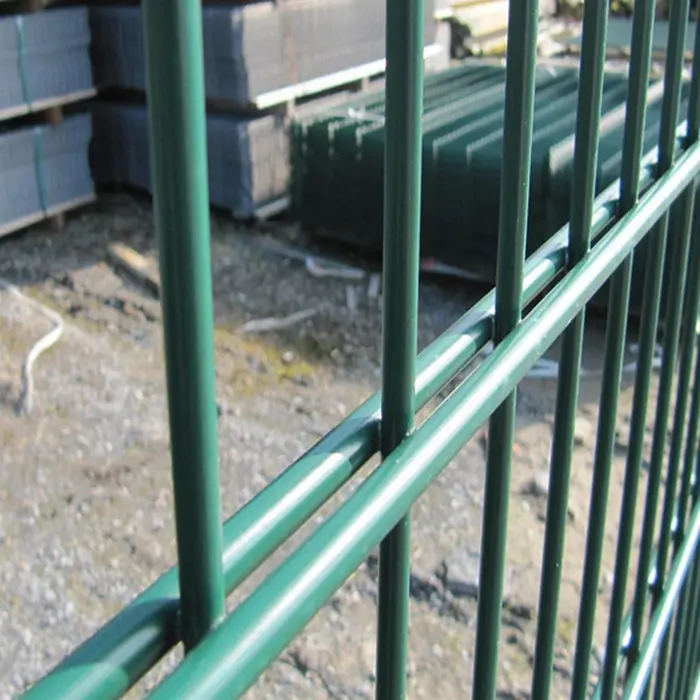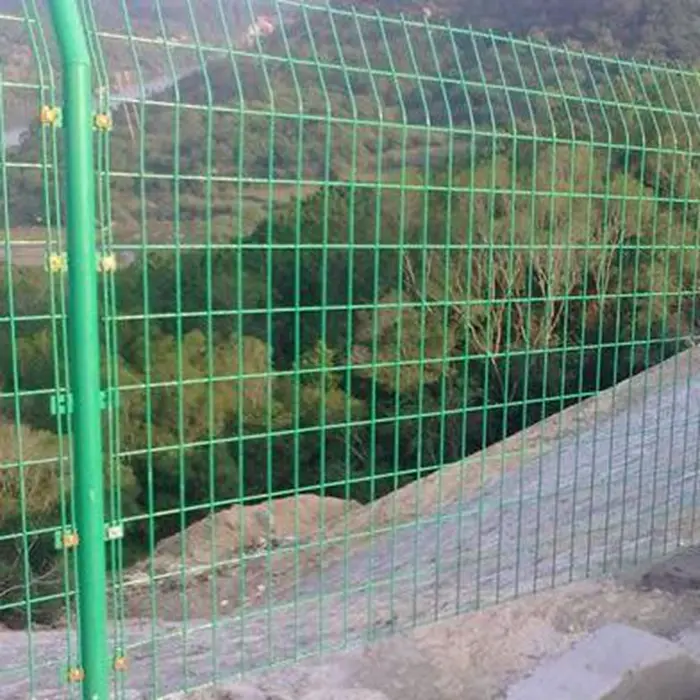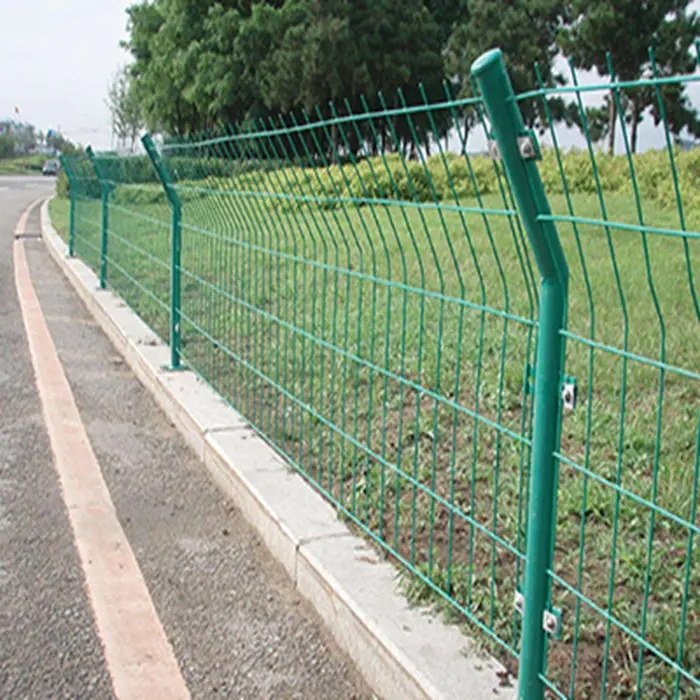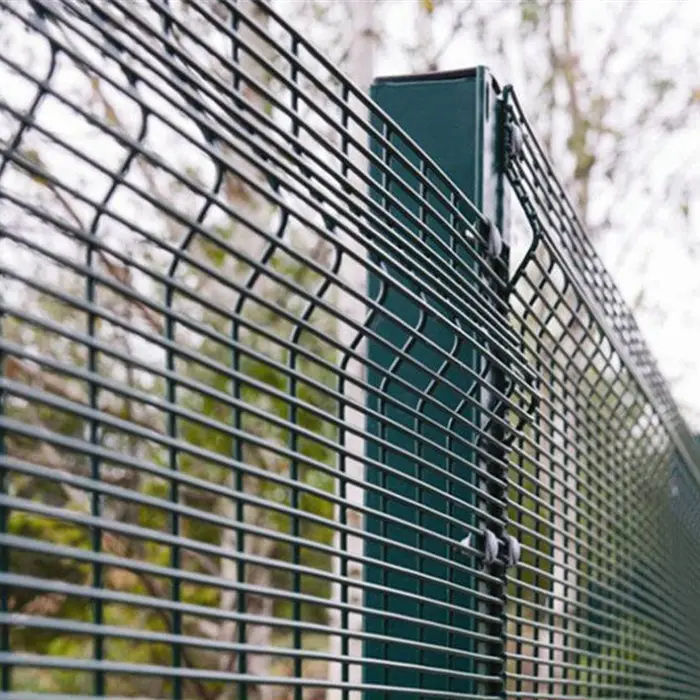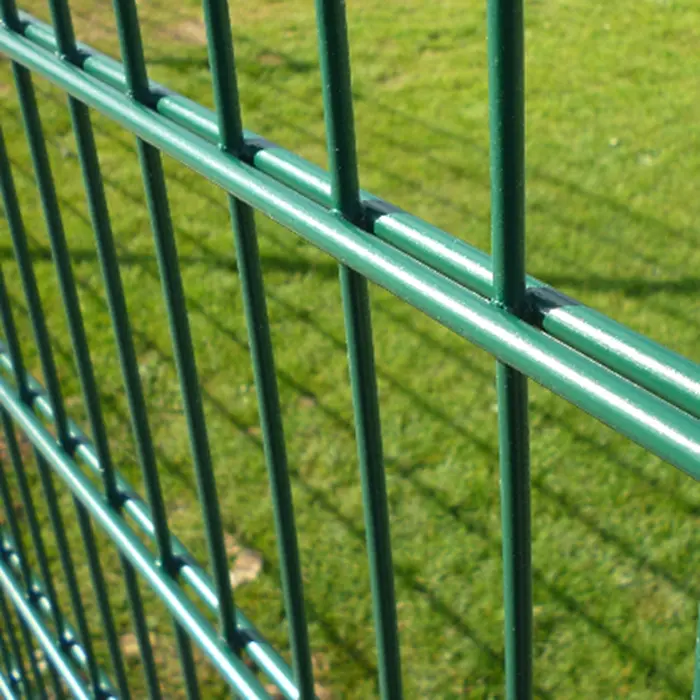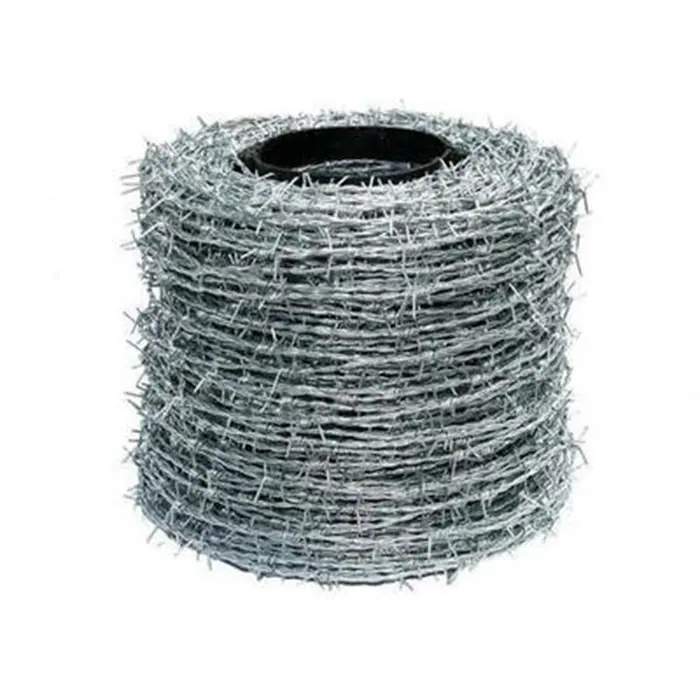Tha feansa tàthaidh a’ toirt iomradh air a’ phròiseas togail feansaichean meatailt using welding techniques to join individual components, such as rails, posts, and panels. This method ensures a strong, durable, and long-lasting structure, making it ideal for security, privacy, and boundary demarcation. Typically made from materials like steel, iron, or aluminum, welded fences are resistant to weathering, corrosion, and physical impact, especially when treated with protective coatings like galvanization or powder coating. Their robust construction and adaptability make them a preferred choice for perimeter fencing solutions in both commercial and industrial settings.
Compared to prefabricated or bolted fences, high security perimeter fencing like welded fence provides superior strength and stability, making them suitable for high-security areas like prisons, military sites, or industrial facilities. Additionally, their aesthetic appeal allows for decorative designs, blending functionality with visual appeal. Proper installation and maintenance ensure that perimeter security fence solutions remain robust and effective for decades, offering long-term reliability and peace of mind.
Dè cho fada ’s a mhaireas feansa uèir tàthaichte?
A welded wire fence typically lasts between 15 to 30 years, depending on material quality, environmental conditions, and maintenance. Fences made from galvanized steel tend to last the longest (20-30 years) due to their rust-resistant coating, while non-galvanized or lower-quality wire may deteriorate in 10-15 years. Powder-coated fences offer additional protection against corrosion and UV damage, extending their lifespan further. For enhanced durability and corrosion resistance, consider using stainless steel welded wire mesh panels, which provide superior strength and longevity even in harsh environments.
Harsh weather, such as heavy rain, snow, or coastal salt air, can accelerate rust and weaken the fence over time. Regular inspections for rust, loose welds, or bent wires help prolong its durability. If damage occurs, prompt repairs—such as applying rust-resistant paint or replacing broken sections—can prevent further degradation. Proper installation, including secure posts and tensioning, also plays a key role in longevity. For applications requiring lightweight yet durable fencing, PVC weld mesh offers an excellent alternative, combining flexibility with resistance to environmental wear. Overall, with good maintenance and the right material choice, a welded wire fence can remain functional and sturdy for decades.
Ciamar a chumas tu feansa uèir tàthaichte teann?
Gus feansa uèir tàthaichte teann a chumail suas, tha stàladh ceart agus atharrachaidhean bho àm gu àm deatamach. Tòisich le bhith a’ dèanamh cinnteach gu bheil puist làidir, acair (meatailt no fiodh air a làimhseachadh) aig astar nach eil nas motha na 8-10 troighean bho chèile gus casg a chuir air cromadh. Bidh sìneadh a’ mhogal gu teann rè an stàlaidh a’ cleachdadh sìneadair feansa no inneal tighinn-air-adhart a’ cuideachadh le bhith a’ cuir às do shlaodachd.
Thar ùine, faodaidh sìde agus call teannachaidh adhbhrachadh gum bi an fheansa a’ leigeil às. Faodaidh ath-theannachadh an uèir le còmhlain teannachaidh no criomagan uèir a dhèanamh nas daine. Bidh cur rèilichean taice còmhnard eadar puist cuideachd a’ cuideachadh le bhith a’ sgaoileadh an teannachadh gu cothromach. Airson barrachd seasmhachd, daingnich bonn na feansa le geallan talmhainn no uèir teannachaidh gus casg a chuir air beathaichean no sprùilleach bho bhith ga phutadh a-mach. Bidh sgrùdaidhean cunbhalach agus atharrachaidhean beaga a’ dèanamh cinnteach gum fuirich an fheansa teann agus tèarainte airson bhliadhnaichean.


